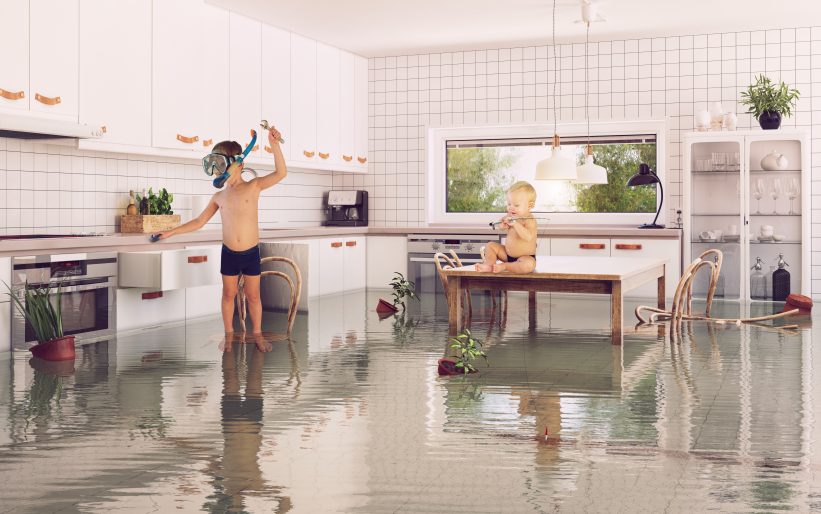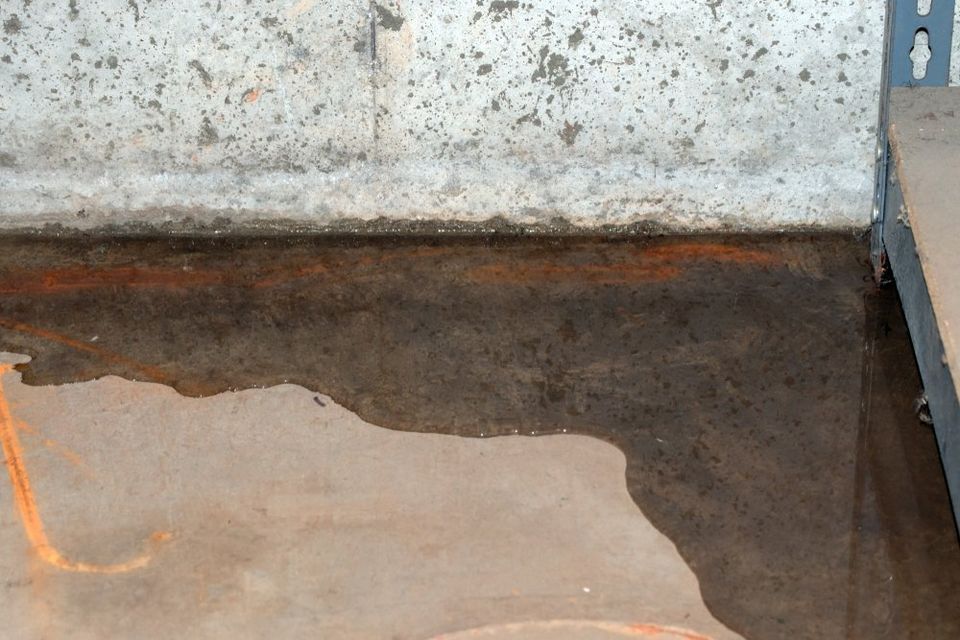6 Water Damage Reconstruction Do's and also Don'ts.
6 Water Damage Reconstruction Do's and also Don'ts.
Blog Article
The writer is making several good pointers on Ways to Reduce The Risk Of Fire And Water Damage overall in the article further down.

Water gives life, water invasion on components where it's not intended to be can result in damage. If the water saturates right into your framework, it can peel away surface areas and deteriorate the structure. Mold and mildew also grow in a wet setting, which can be harmful for your health and wellness. Houses with water damages smell old and musty.
Water can originate from many sources such as typhoons, floods, ruptured pipes, leaks, as well as sewage system issues. In case you experience water damage, it would certainly be excellent to know some security precautions. Here are a few guidelines on exactly how to take care of water damage.
Do Prioritize Residence Insurance Coverage Protection
Water damages from flooding dues to hefty winds is seasonal. However, you can additionally experience an unexpected flooding when a malfunctioning pipe all of a sudden bursts right into your home. It would be best to have house insurance coverage that covers both acts of God such as natural catastrophes, and also emergency situations like busted plumbing.
Do Not Neglect to Switch Off Utilities
In case of a calamity, particularly if you reside in a flood-prone location, it would certainly be suggested to switch off the main electric circuit. This cuts off power to your whole residence, preventing electrical shocks when water is available in as it is a conductor. Do not neglect to transform off the primary water line shutoff. Furnishings will move around as well as trigger damage when floodwaters are high. Having the major valve shut off stops more damages.
Do Remain Proactive and Heed Weather Informs
Listen to evacuation warnings if you live near a river, creek, or lake . Doing so minimizes prospective property damages.
Do Not Ignore the Roofing System
You can avoid rain damages if there are no openings as well as leaks in your roofing system. This will certainly avoid water from streaming down your wall surfaces as well as soaking your ceiling.
Do Pay Attention to Small Leakages
A burst pipeline doesn't occur overnight. Normally, there are warnings that suggest you have actually compromised pipelines in your house. For instance, you might notice gurgling paint, peeling wallpaper, water touches, water discolorations, or trickling noises behind the wall surfaces. Ultimately, this pipeline will rupture. Preferably, you must not await points to escalate. Have your plumbing repaired before it leads to enormous damages.
Don't Panic in Case of a Burst Pipeline
Maintaining your clearheadedness is vital in a time of situation. Due to the fact that it will certainly stifle you from acting fast, stressing will just compound the problem. Timing is vital when it comes to water damages. The longer you wait, the more damages you can expect. Therefore, if a pipe bursts in your house, instantly shut down your primary water shutoff to cut off the source. Disconnect all electric outlets in the location or transform off the circuit breaker for that component of the home. Lastly, call a reliable water damage remediation expert for assistance.
Water gives life, water invasion on components where it's not intended to be can result in damage. Homes with water damages smell moldy and also old.
Water damage from flood fees to heavy winds is seasonal. You might see bubbling paint, peeling off wallpaper, water streaks, water stains, or trickling audios behind the walls. When it comes to water damages, timing is essential.
Some Do's & Don't When Dealing with a Water Damage
DO:
Make sure the water source has been eliminated. Contact a plumber if needed. Turn off circuit breakers supplying electricity to wet areas and unplug any electronics that are on wet carpet or surfaces Remove small furniture items Remove as much excess water as possible by mopping or blotting; Use WHITE towels to blot wet carpeting Wipe water from wooden furniture after removing anything on it Remove and prop up wet upholstery cushions for even drying (check for any bleeding) Pin up curtains or furniture skirts if needed Place aluminum foil, saucers or wood blocks between furniture legs and wet carpet Turn on air conditioning for maximum drying in winter and open windows in the summer Open any drawers and cabinets affected for complete drying but do not force them open Remove any valuable art objects or paintings to a safe, dry place Open any suitcases or luggage that may have been affected to dry, preferably in sunlight Hang any fur or leather goods to dry at room temperature Punch small holes in sagging ceilings to relieve trapped water (don't forget to place pans beneath!); however, if the ceiling is sagging extremely low, stay out of the room and we'll take care of it DO NOT:
Leave wet fabrics in place; dry them as soon as possible Leave books, magazines or any other colored items on wet carpets or floor Use your household vacuum to remove water Use TV's or other electronics/appliances while standing on wet carpets or floors; especially not on wet concrete floors Turn on ceiling fixtures if the ceiling is wet Turn your heat up, unless instructed otherwise

I discovered that piece of writing on Simple Solutions To Preventing Fire And Water Damage To Your Home when doing a search on the internet. Enjoyed reading our content? Please share it. Help another person locate it. Bless you for your time. Kindly come by our website back soon.
Report this page